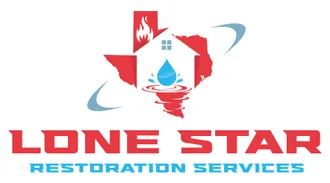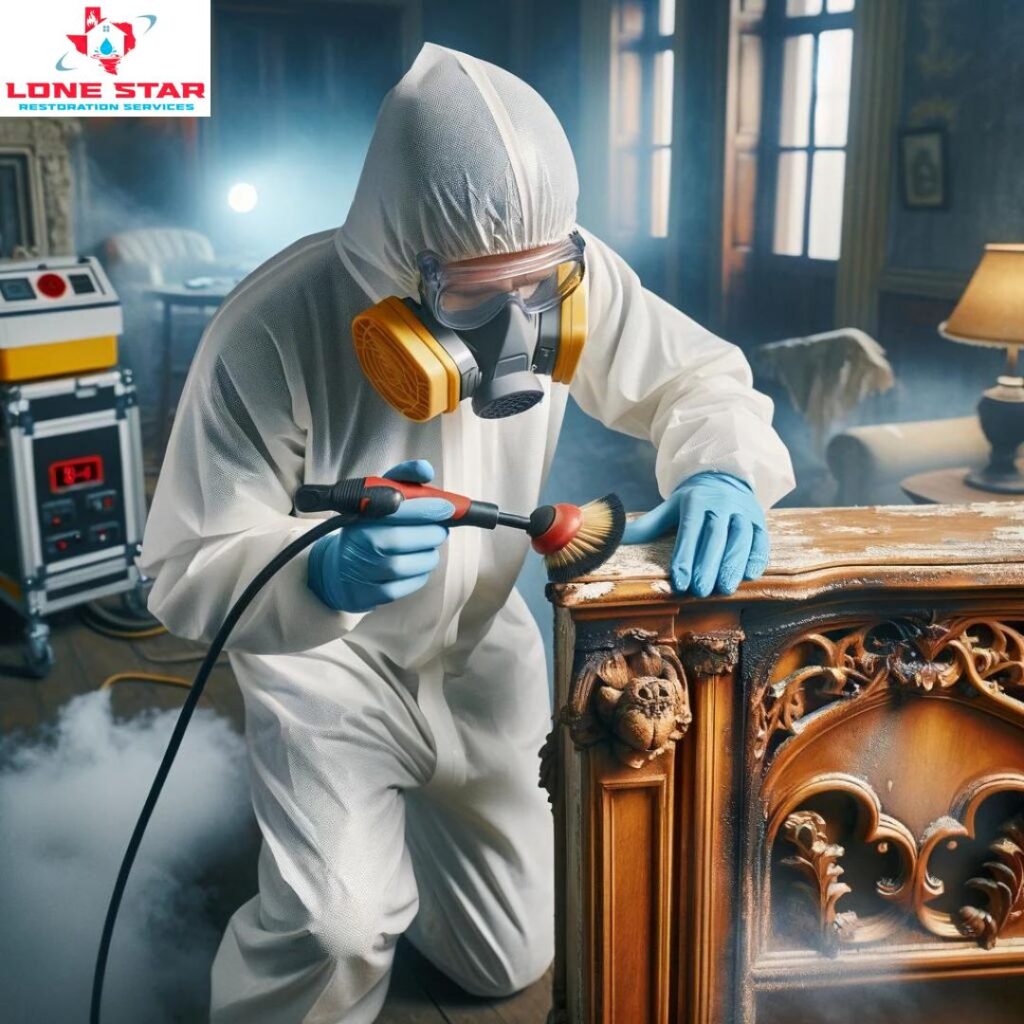Mastering the Art and Science of Smoke Damage Restoration
When a fire incident occurs, the flames themselves aren’t the only culprits of property damage; the lingering aftermath of smoke can often pose a more insidious and extensive challenge. Smoke damage restoration represents a unique field that intricately blends the precision of science with the finesse of art. This complex process goes beyond simple cleanup; it involves a deep understanding of the chemical properties of smoke and the innovative techniques required to restore items and structures to their pre-damage condition. Whether it’s the soot that blankets everything in its path or the pervasive odors that seep into every nook and cranny, the effects of smoke damage can be daunting. However, with the expertise of professional restoration services, what seems irrevocably lost can often be brought back to life. This blog delves into the art and science behind smoke damage restoration, highlighting the sophisticated methods and creative solutions that make it possible to reclaim spaces and belongings from the clutches of smoke damage.
Understanding Smoke Damage
Smoke damage after a fire is far from uniform; it varies widely based on the materials burned, the temperature of the fire, and the duration of exposure. Broadly categorized into types such as wet smoke, dry smoke, and protein smoke, each form presents its own set of challenges for restoration professionals. Wet smoke, typically resulting from low-heat, smoldering fires, leaves behind a sticky residue that clings to surfaces, penetrating deeply into porous materials. Dry smoke, on the other hand, arises from high-temperature fires burning wood or paper, producing a fine, powdery soot that can easily spread and infiltrate cracks and crevices. Protein smoke, often resulting from kitchen fires, is virtually invisible yet exceptionally malodorous, adhering to surfaces and embedding a persistent odor.
The complexity of smoke damage extends to its chemical composition, which can include a mix of acids, chemicals, and particulates. This toxic brew is capable of corroding metals, etching glass, and discoloring fabrics, making swift and strategic intervention crucial. The variability in smoke types and their corresponding impacts requires a nuanced understanding of the chemistry of smoke and its interactions with different materials. This foundational knowledge is essential for developing effective restoration strategies that not only clean but also protect and preserve the integrity of the affected properties. Recognizing the type of smoke damage is the first step in the restoration process, guiding the selection of cleaning agents, deodorization techniques, and restoration approaches tailored to each unique situation.
The Science Behind Smoke Damage Restoration
The restoration of properties affected by smoke damage is grounded in a thorough understanding of scientific principles and the deployment of advanced technologies. This section delves into the technical methodologies and equipment that underpin the process, revealing how science plays a crucial role in returning affected environments to their pre-damage states.
At the heart of smoke damage restoration is the use of specialized equipment designed to tackle the pervasive nature of smoke. Air scrubbers and HEPA (High-Efficiency Particulate Air) filters are employed to capture airborne particles and soot, purifying the air within the property and preventing further spread of contaminants. Ozone generators are another critical tool, introducing ozone (O3) into the environment to neutralize odors at a molecular level. This process effectively breaks down the smoke molecules responsible for the lingering smells, transforming them into less complex, odorless compounds.
Chemical sponges and thermal foggers also play a pivotal role in the restoration process. Chemical sponges are used dry, without any added cleaners, to lift soot from surfaces without smearing. Thermal foggers, meanwhile, dispense a fine mist of deodorizing agents that penetrate materials in a similar manner to smoke, effectively neutralizing odors trapped deep within.
The science extends to the chemical treatments used. These are carefully selected based on the type of smoke damage and the materials affected. For example, acidic soot residues require alkaline cleaners to neutralize their corrosive effects, while sensitive materials might need gentler solutions to prevent further damage.
Understanding the chemical interactions between soot, smoke odors, and cleaning agents is crucial for effective restoration. It ensures that each step taken not only removes visible signs of damage but also addresses the invisible threats posed by smoke residues. This scientific approach is fundamental to restoring the safety, aesthetics, and comfort of smoke-damaged environments, ensuring that every action taken is informed by a deep understanding of the materials and methods involved.
The Artistic Approach to Restoration
Smoke damage restoration, while heavily grounded in scientific principles, equally demands an artistic touch. This balance is especially crucial when addressing the restoration of irreplaceable items and materials with unique textures, colors, and historical values. The art in restoration lies in the subtle judgment calls and innovative solutions crafted to bring back the original charm and integrity of these items without causing further damage.
Each project presents a unique puzzle. A seasoned restorer approaches a smoke-damaged antique book or a piece of fine art not just as a technician, but as a conservator. They must consider the material’s age, composition, and sentimental value, devising a customized treatment plan that blends traditional restoration techniques with creative problem-solving. For instance, removing soot from a delicate fabric or a painted surface often requires a gentle hand and a bespoke mixture of solvents, each chosen for their effectiveness and compatibility with the material.
The artistic approach extends to color matching and reconstruction efforts, where damaged areas of a property or item need to be restored to their original look. This can involve intricate paint work, careful blending of materials, and even the recreation of historical details to achieve a seamless restoration. The goal is to make the damage disappear, not just physically, but visually and emotionally, reinstating a sense of normalcy and attachment for the owner.
Health Implications and Safety Measures
The process of smoke damage restoration is not without its health risks, necessitating strict safety measures to protect both the restoration team and the property’s occupants. Smoke particles can be toxic, containing a mix of chemicals that, when inhaled, pose significant health risks. The safety of everyone involved is paramount, highlighting the need for professional expertise in these situations.
Restoration professionals are equipped with personal protective equipment (PPE), including respirators, gloves, and safety goggles, to shield themselves from harmful substances. Moreover, part of the restoration process involves ensuring that the property is not just aesthetically restored but also safe. This includes thorough ventilation, air purification, and sometimes structural repairs to eliminate any hazards posed by weakened materials or lingering contaminants.
Case Study
Consider the case of a historic family home in Texas, severely affected by smoke damage following a kitchen fire. The challenge was not only to address the widespread soot and odor but also to preserve the home’s original woodwork and heirloom furnishings. The restoration team employed a combination of advanced air filtration systems to purify the environment and meticulously hand-cleaned delicate surfaces using custom-blended cleaning solutions. Through a blend of scientific precision and artistic care, the home was restored to its former glory, with the family remarking that it felt as if the fire had never happened.
This success story underscores the collaborative dance between the art and science of restoration. It highlights how innovative solutions, informed by technical knowledge and tailored to the unique needs of each project, can achieve remarkable outcomes.
Conclusion
Smoke damage, with its complex chemistry and pervasive impact, presents a formidable challenge that requires a nuanced approach for effective restoration. Through the interplay of scientific rigor and artistic sensitivity, restoration professionals are able to not only recover properties from the aftermath of smoke damage but also preserve and protect the memories and values imbued in personal belongings.
If your property has been affected by smoke damage, the importance of entrusting its restoration to skilled professionals cannot be overstated. With expertise in both the art and science of restoration, a professional team can ensure that your space is not only cleaned and safe but restored to its pre-damage state, or even better. We invite you to reach out and learn more about how our restoration services can help you recover from the unforeseen impacts of smoke damage, ensuring a safe, efficient, and compassionate restoration process.





